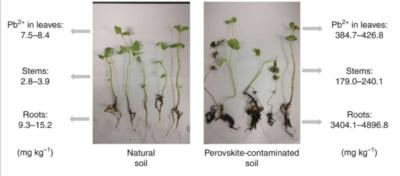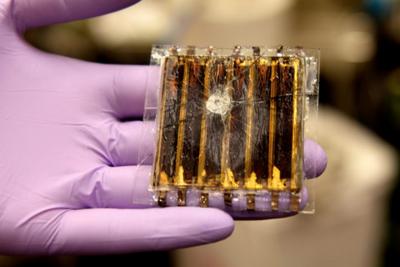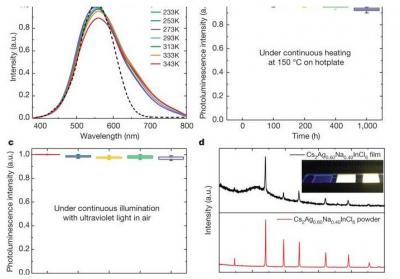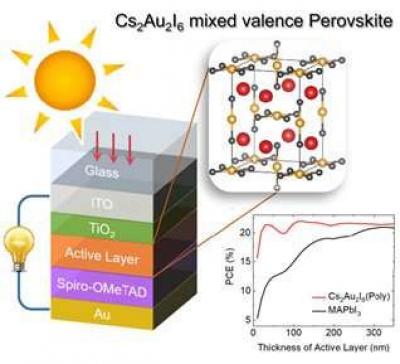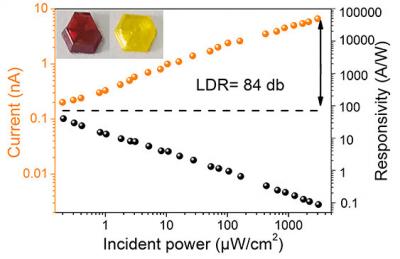X-rays reveal in situ crystal growth of lead-free perovskite solar panel materials
University of Groningen scientists are investigating in situ how lead-free perovskite crystals form and how the crystal structure affects the functioning of the solar cells, as part of their quest to find alternatives to lead-based perovskites.
The best results in solar cells have been obtained using perovskites with lead as the central cation. As this metal is toxic, tin-based alternatives have been developed, for example, formamidinium tin iodide (FASnI3). This is a promising material; however, it lacks the stability of some of the lead-based materials. Attempts have been made to mix the 3D FASnI3 crystals with layered materials, containing the organic cation phenylethylammonium (PEA). "My colleague, Professor Maria Loi, and her research team showed that adding a small amount of this PEA produces a more stable and efficient material," says Assistant Professor Giuseppe Portale.
